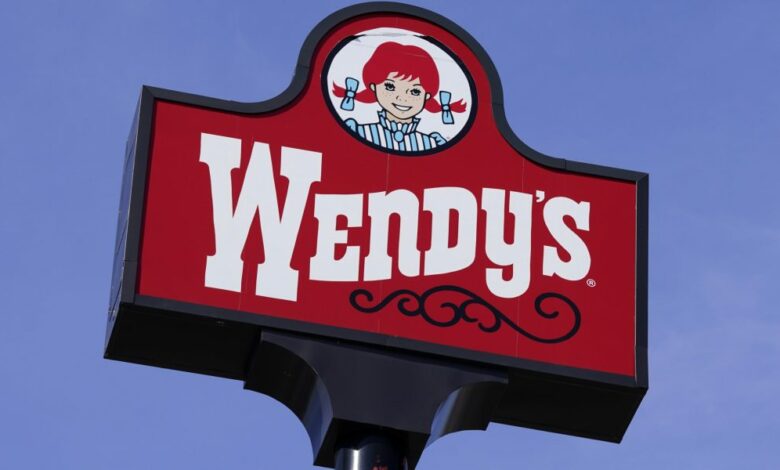Wendy’s surge pricing denial: Dynamic pricing is not the same thing, it says


Wendy’s says that it has no plans to increase prices during the busiest times at its restaurants.
The burger chain clarified its stance on how it will approach pricing after various media reports (including in Fortune) said that the company was looking to test having the prices of its menu items fluctuate throughout the day based on demand. Late Tuesday in a prepared statement, Wendy’s said it was misinterpreted in a prepared statement.
“We said these menuboards would give us more flexibility to change the display of featured items,” the company said. “This was misconstrued in some media reports as an intent to raise prices when demand is highest at our restaurants. We have no plans to do that and would not raise prices when our customers are visiting us most.”
The influx of media attention on the plans had many, including Bloomberg Opinion columnist Bobby Ghosh, who called the application of dynamic pricing to fast food “exploitative.” Sen. Elizabeth Warren also weighed in.
“It’s price gouging plain and simple, and American families have had enough,” she wrote in a post on X.
Surge pricing and dynamic pricing are sometimes used interchangeably to refer to prices fluctuating to adjust to demand and is a tactic used by rideshare companies like Uber and Lyft, as well as ticket distributor Ticketmaster to jack up prices in times of high demand. A 2016 Wharton study found that dynamic pricing could even serve to benefit consumers. Trying to find an Uber on a rainy night is hard, the study argues, but high prices then mean lower prices in a normal demand setting.
Wendy’s Co. plans to invest about $20 million to launch digital menu boards at all of its U.S. company-run restaurants by the end of 2025. It also plans to invest approximately $10 million over the next two years to support digital menu enhancements globally.
Wendy’s said that its digital menu boards “could allow us to change the menu offerings at different times of day and offer discounts and value offers to our customers more easily, particularly in the slower times of day.”
On a Feb. 15 fourth-quarter earning calls, Wendy’s CEO Kirk Tanner talked about prioritizing sales growth through upselling and dynamic pricing.
“As we continue to show the benefit of this technology in our company-operated restaurants, franchisee interest in digital menu boards should increase further supporting sales and profit growth across the system,” he said
Despite promises to customers to keep prices fair, Wendy’s holds the title of most expensive fast-food joint among McDonald’s, Taco Bell, Burger King, Wendy’s, and Chick-fil-A.
All fast-food prices are on the rise, with the CPI of limited-service meals, such as fast food, increasing 5.8% over the past 12 months. CNET reported a 13% average price hike among fast food brands from 2021-2022, and Wendy’s contributed significantly to that average: In 2022, it raised prices 18.9%, according to Money Geek.
Surge pricing may not be driving up the price of your spicy chicken nuggets, but Wendy’s trending price increases suggest your lunch isn’t going to get much cheaper, regardless of when you order it.
Wendy’s referred Fortune to its prepared statement on its pricing plans.




